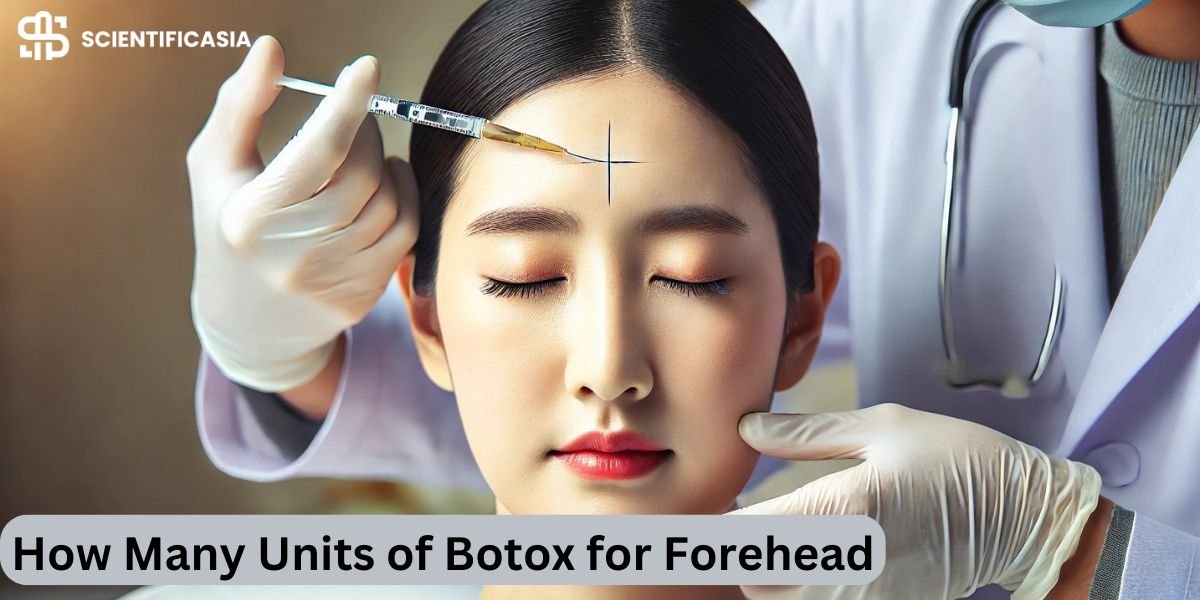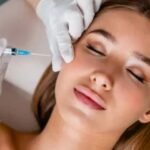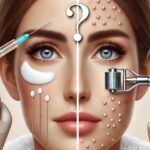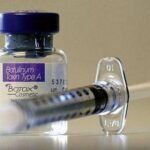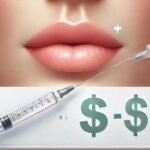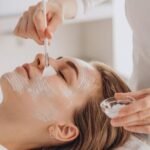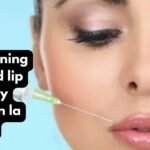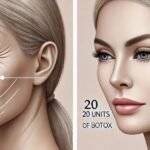Introduction
Are you noticing those lines etching themselves onto your forehead? Do they make you look more tired or stressed than you feel? Many people consider Botox to address forehead wrinkles and achieve a more refreshed and youthful appearance. Botox has become a popular and effective treatment for smoothing out these lines, but it’s crucial to understand the procedure, including how many units are needed, the benefits, and, most importantly, how to find a qualified professional. This comprehensive guide will provide you with the information you need to make informed decisions about Botox for your forehead.
Understanding Forehead Wrinkles
Forehead wrinkles come in various forms. Horizontal lines stretch across the forehead, while glabellar lines, often called “11s,” appear between the eyebrows. Crow’s feet radiate outwards from the corners of the eyes. These wrinkles are caused by various factors, including repeated muscle movements (like raising your eyebrows or frowning), the natural aging process, sun exposure, and genetics. While some embrace these signs of a life well-lived, others find them detracting from their desired appearance. Addressing forehead wrinkles can lead to a more rested and rejuvenated look.
Botox for Forehead Wrinkles: How it Works
Botox, short for botulinum toxin, works by temporarily paralyzing or weakening specific muscles. When injected into the forehead, Botox blocks the nerve signals that tell the muscles to contract. This relaxation of the muscles softens the appearance of wrinkles, creating a smoother and more youthful look. Horizontal forehead lines, the “11s” between the brows, and crow’s feet around the eyes are commonly treated with Botox.

How Many Units of Botox for Forehead?
One of the most common questions about Botox for the forehead is, “How many units do I need?” Understanding that there is no universal answer is crucial. The number of Botox units required varies significantly from person to person. Factors like muscle strength, the severity of wrinkles, individual treatment goals, and prior Botox experience all play a role.
While it’s impossible to give a precise number without a consultation, here’s a general idea: Horizontal forehead lines might require anywhere from 10-20 units, the “11s” often need 20-25 units, and crow’s feet typically need 10-15 units per eye. These are just estimates. A first-time Botox patient might receive fewer units initially, with adjustments made later as needed. Your injector will assess your facial anatomy and discuss your desired outcome to determine the appropriate dosage.
It’s vital to avoid seeking “cheap Botox” based solely on price. Overdoing Botox can lead to an unnatural “frozen” look or even more serious complications. A skilled injector prioritizes a natural-looking result, using the minimum effective dose to achieve your goals.
Factors Affecting Botox Dosage
- Age – Younger patients may need fewer units, while older individuals might require a higher dosage.
- Skin Type – Thicker skin may need more units to achieve noticeable results.
- Muscle Strength – Stronger forehead muscles require higher doses.
How Many Units of Botox for Forehead First Time?
For first-time Botox users, doctors typically start with a conservative dosage to prevent overcorrection. A recommended dose is 10-15 units, allowing for adjustments in follow-up treatments.
Example: If a patient starts with 12 units and finds the results insufficient, they can add more in their next session. This step-by-step approach helps avoid a frozen or unnatural look.
How Many Units of Botox for Forehead and 11s?
- Forehead wrinkles alone: 10-30 units.
- Glabellar lines (11s) alone: 15-25 units.
- Combination (Forehead + 11s): 20-45 units total (distributed accordingly by the injector).
Treating both areas together creates a balanced, youthful appearance. Patients with strong muscles in the “11s” may require slightly more Botox units to soften the expression lines.
How Many Units of Botox for Forehead and Eyes?
Botox is also used for crow’s feet (wrinkles around the eyes). When treating both forehead and eye areas:
- Forehead: 10-30 units.
- Crow’s Feet: 5-15 units per side.
- Total (Forehead + Eyes): 20-45 units (depending on muscle activity and wrinkle severity).
Effects and Results of Botox for Forehead
- Visible results appear within 3-7 days after injection.
- Maximum effect is achieved in 10-14 days.
- Results last 3-4 months, after which a touch-up is needed.
- Side effects (redness, swelling, minor bruising) are usually temporary and subside within a few days.
Benefits of Botox for Forehead Wrinkles
The benefits of Botox for forehead wrinkles are numerous:
- Smoother Skin: Reduces the appearance of fine lines and wrinkles.
- Youthful Appearance: Creates a more refreshed and rejuvenated look.
- Improved Confidence: Can boost self-esteem by addressing aesthetic concerns.
- Quick and Convenient: The procedure is relatively quick and requires minimal downtime.
- Long-Lasting Results: Results typically last for 3-4 months, after which touch-up treatments are needed.
Risks and Side Effects of Botox
Like any medical procedure, Botox carries potential risks and side effects. Common side effects include bruising, swelling, redness, or headache at the injection site. These are usually temporary. Rare but more serious complications, such as allergic reactions or muscle weakness, can occur. Choosing a qualified and experienced injector significantly minimizes these risks.
Professional Consultation: What Experts Say
Why You Should See a Licensed Injector
- Ensures proper Botox placement for natural results.
- Reduces the risk of complications like drooping eyebrows.
- Customizes dosage based on facial structure and muscle strength.
Top Dermatologists & Clinics Offering Botox Treatments:
- Mayo Clinic (USA)
- Cleveland Clinic (USA)
- London Dermatology Centre (UK)
- Harley Street Clinics (UK)
Costs and Where to Get Botox Treatment
Botox Cost Breakdown
- Average price per unit: $10-$20
- Forehead treatment cost: $100-$600 (depending on units required).
- Insurance coverage: Botox for cosmetic purposes is not covered by insurance, but medical Botox (for migraines, muscle disorders) may be.
Conclusion
Botox is a safe and effective treatment for forehead wrinkles when administered correctly. The right dosage depends on factors like age, muscle strength, and treatment goals. Always consult with a board-certified professional to determine the appropriate number of units for your specific needs. If you’re considering Botox for the first time, start with a low dose and adjust as needed under expert supervision.
Related Blogs:
Dysport vs Botox: Which is Right for You? Compare Benefits & Results
Can Botox Cause Cancer? Unveiling the Facts About Botox Safety
DAO Botox (Depressor Anguli Oris Muscle)
FAQs About Botox for Forehead
How Painful is Botox for the Forehead?
Botox injections feel like a slight pinch and are generally well tolerated. Some providers use numbing cream to minimize discomfort.
Can Botox Go Wrong?
Yes, if injected incorrectly, Botox can cause droopy eyebrows, asymmetry, or unnatural stiffness. This is why choosing an experienced injector is crucial.
How Often Should You Get Botox for the Forehead?
- Every 3-4 months for maintenance.
- Some patients may need touch-ups after 2-3 months depending on metabolism and lifestyle.
Resource:
https://www.healthline.com/health/how-many-units-of-botox-for-forehead
https://my.clevelandclinic.org/health/treatments/8312-botulinum-toxin-injections
https://www.drugs.com/dosage/botox-cosmetic.html
https://www.mayoclinic.org/tests-procedures/botox/about/pac-20384658
https://www.webmd.com/beauty/features/the-surprising-benefits-of-botox

